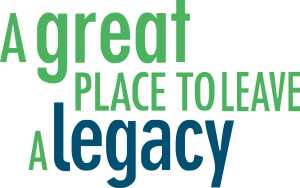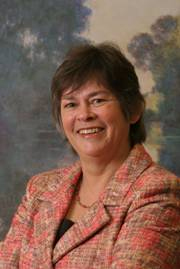Submit your photos of Windsor and Essex County for an opportunity to appear in the 2015 Vital Signs® report!

Guidelines to submit:
- Photos must be taken in the Windsor-Essex region
- The photos must correspond to at least one of the quality of life issue areas outlined in the 2015 Vital Signs® report (listed below)
- You may submit up to five photos per person
- Email your photos to info@wecf.ca with the subject line “Vital Signs Photo Submission.” Please include your full name, where you live in Windsor-Essex when each photo was taken, where each photo was taken, and then tell us which quality of life issue area each photo corresponds to
Vital Signs® 2015 Quality of Life Issue Areas:
Environment
Safety
Getting Around
Health, Wellness & Activity
Learning
Housing
Arts & Culture
Belonging & Leadership
Work
Getting Started
Food Security
Pictures will be selected based on their originality, quality, and relevancy to the quality of life issue areas. Those that are chosen will appear in the 2015 Vital Signs® report published by the Windsor Star on October 6, 2015.
*** By submitting your photos to the Foundation, you are consenting to the Foundation using your photos in the 2015 Vital Signs® report. The Foundation will not use your photos for any other purposes. You will be contacted by the Foundation if your photos have been chosen ***
Filed under: Uncategorized | Tagged: #InspiringPhilanthropy, Blog, Caring Communities, CFC, Charitable Sector, Charity, Essex, Vital Signs, Windsor, WindsorEssex | Leave a comment »






























